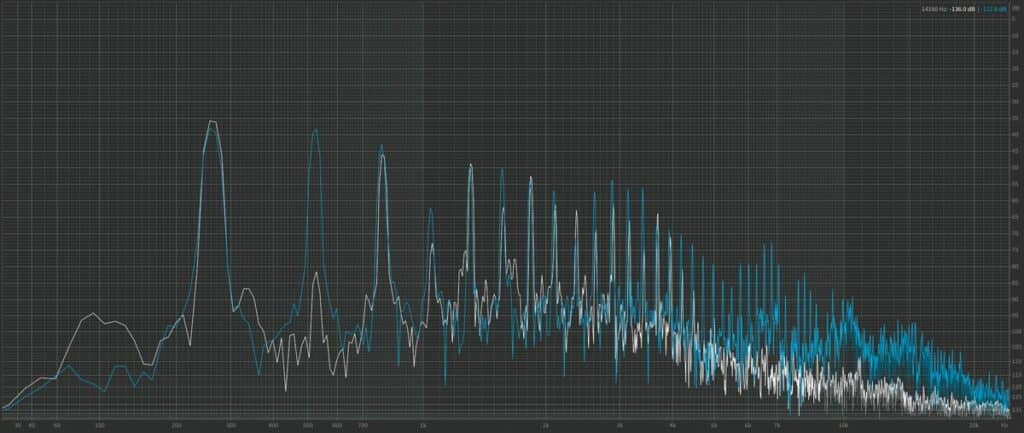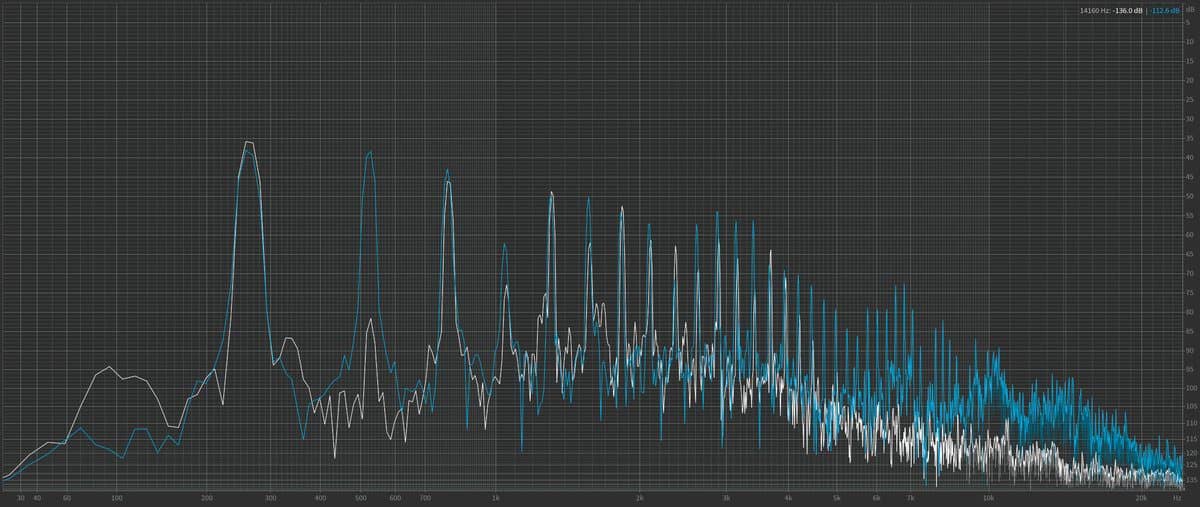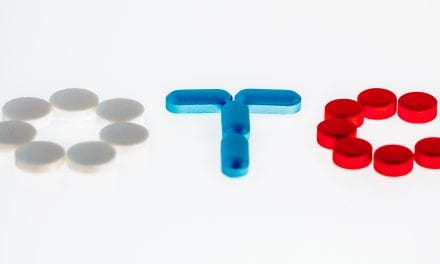Back to Basics | March 2022 Hearing Review
By Marshall Chasin, AuD
From time to time, I am asked about the best musical instrument for someone’s child who is hard of hearing.
If this were the 1960s, I may have said drums. However, today that 60-year-old answer would be quite simplistic given the advancement of knowledge (and politics) surrounding hearing loss and hearing aid/cochlear implant technology. While it is true that percussion would be an appropriate answer even today in some cases, the answer depends on many things, ranging from whether the child even wanted to play the drums to their temporal integration auditory abilities (and, no, I’m not going to get into the reputation of drummers in bands!). Today, there are music programs at some universities and colleges that would allow a timing-based “rhythm” test in place of a musical-interval frequency-based test in the ear-training classes. This is a great adaptation, and I presume that the only thing holding back other music schools from entering the 21st century is their inability to spell the word “rhythm!”

Figure 1. An interesting hypothesis is that a soprano saxophone (blue curve), which is a 1/2-wavelength resonator, provides twice as many harmonics as a clarinet (white curve), which is a 1/4-wavelength resonator. A saxophone may therefore be a better instrument for a hard-of-hearing child.
There are many things that we have learned over the past 60 years: a greater understanding of the acoustics of music; more about loud sounds and their effects on the auditory system; the psychosocial benefits of hard-of-hearing children learning music, especially in groups; the benefits of music for perhaps staving off cognitive decline in later years. As such, music is quickly becoming recognized to be of equal importance as learning to read and write, the study of history, and advanced, multi-dimensional calculus…Well, okay, maybe not calculus (although this is a really neat area to study for the numerically sophisticated!).
So, what exactly have we learned since the 1960s?
- People with hearing loss are no less, and no more, susceptible to further hearing loss from noise than are people with normal hearing. That is, a person who is subjected to 90 dB(A) of noise or music is still at risk for developing further hearing loss, despite having hearing thresholds on the order of 90-100 dB HL. Hearing protection is just as important (and arguably more important) for hard-of-hearing people as it is for normal-hearing people.1
- Musical experience may offset age-related cognitive decline, especially in their ability to understand speech in noise, but it is the working memory that is the key, and not necessarily the musical training, per se.2
- Hard-of-hearing children can perform rhythmic exercises as well as normal-hearing children except when the rhythm becomes quite complex, and this may limit the hard-of-hearing child’s future progress.3
- There are many non-auditory, psychosocial benefits of music training for hard-of-hearing children, especially in groups.4
- Frequency lowering—from a high-frequency region to one where there may be better cochlear function—while great for speech, has limitations for music.5-7
Yet there are many unanswered questions still, and some of these are addressed, at least in part, in my new book, Music and Hearing Aids,5 such as, “Is a musical instrument that has twice as many harmonics in a frequency range as another, better than one that has fewer?” In other words, does twice as many harmonics mean twice as many auditory cues for a musician? For example, is a soprano saxophone better than a clarinet? These two instruments are almost the identical size, yet the saxophone (which is a one-half wavelength resonator) has twice as many harmonics as compared with a clarinet (which is a one-quarter wavelength resonator) for any frequency region (Figure 1). A hypothesis is that this saxophone would be better than the clarinet, but this has yet to be tested out…an experiment waiting to happen.

Citation for this article: Chasin M. What is the best musical instrument for my hard-of-hearing child? Hearing Review. 2022;29(3):12.
References
- Borg E, Canlon B, Engstrom B. Noise-induced hearing loss: Literature review and experiments in rabbits. Morphological and electrophysiological features, exposure parameters and temporal factors, variability and interactions. Scand Audiol. 1995;40:1-147.
- Zhang L, Fu X, Luo D, Xing L, Du Y. Musical experience offsets age-related decline in understanding speech-in-noise: Type of training does not matter, working memory is the key. Ear Hear. 2021;42(2):258-270.
- Hidalgo C, Zécri A, Pesnot-Lerousseau J, et al. Rhythmic abilities of children with hearing loss. Ear Hear. 2021;42(2):364-372.
- Lo CY, Looi V, Thompson WF, McMahon CM. Beyond audition: Psychosocial benefits of music training for children with hearing loss. Ear Hear. 2022;43(1):128-142.
- Chasin M. Music and Hearing Aids: A Clinical Approach. San Diego, CA: Plural Publishing Inc; 2022.
- Chasin M. The problem with frequency transposition and music: Part 1. Hearing Review. https://hearingreview.com/hearing-products/hearing-aids/speech-in-noise/frequency-transposition. Published December 7, 2020.
- Chasin M. The problem with frequency transposition and music: Part 2. Hearing Review. https://hearingreview.com/hearing-products/hearing-aids/speech-in-noise/frequency-transposition-2. Published December 8, 2020.






Dr Chasin is my long-time musical hero! He’s prominent among (I think) a very small circle of audiological experts who truly get to the heart of assisting the enjoyment and performance of music, not just rendering ‘speech in noise’.
My response to the article is that as my top-end hearing has declined, depriving me of that beautiful sheen of violins, the breath of a female singer or flute, I have turned more to organ music. Indeed, it has plenty of harmonics ignored by an ageing cochlea – but across the spectrum it has a more stable texture than a big orchestra and includes wonderful deep pedal tones! No shortage of repertoire either. Bach wrote a lifetime’s worth. Great brain-food at any age!
Great comment (and suggestion), Howard!